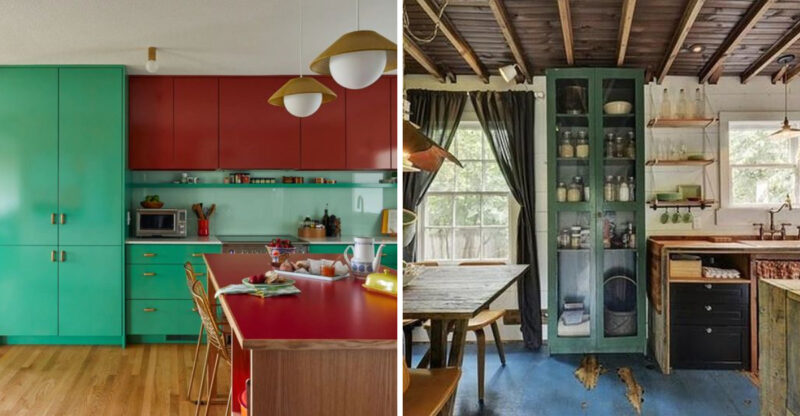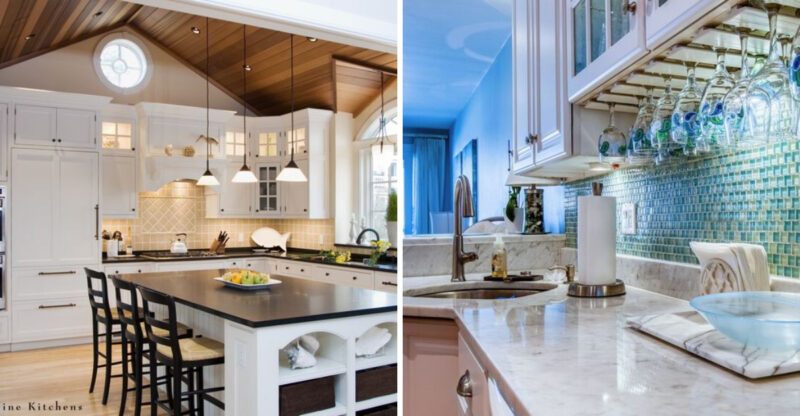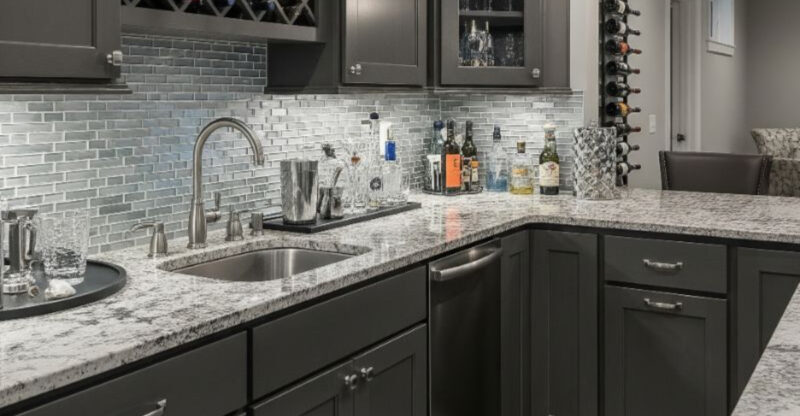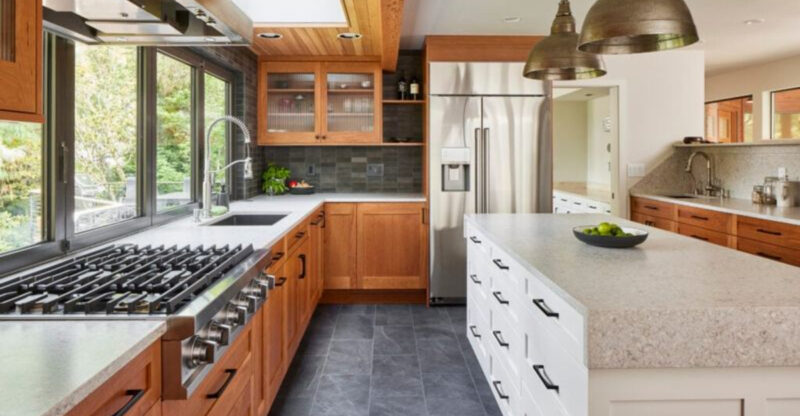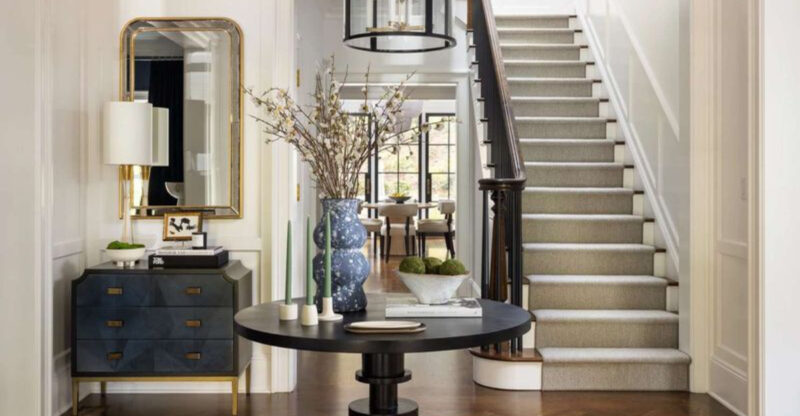Designers Reveal 15 Inexpensive Ways To Create A Richer Home Aesthetic
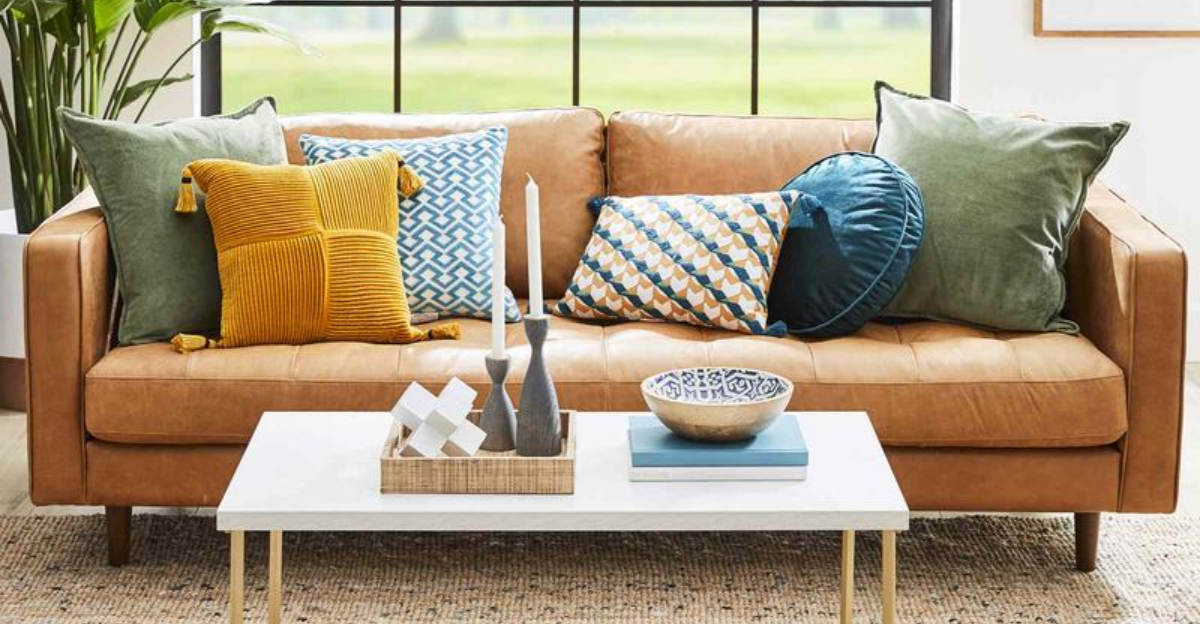
Transforming your home into a space that feels luxurious doesn’t have to drain your bank account.
Professional designers know that creating an upscale look often comes down to small, strategic changes rather than costly renovations.
With some creativity and attention to detail, you can elevate your living space from ordinary to extraordinary without spending a fortune.
1. Upgrade Light Switch Covers
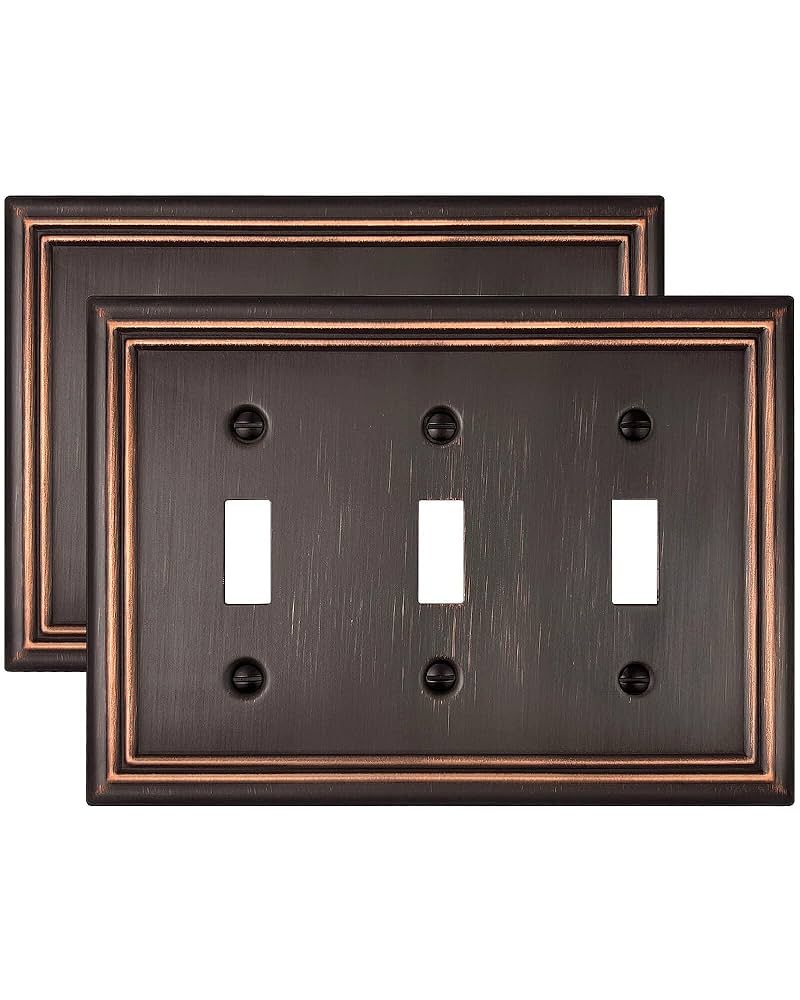
Replacing basic plastic switch plates with decorative options instantly elevates walls. Metal finishes like brushed nickel, antique brass, or matte black can transform these overlooked details into style statements for just a few dollars each.
Hardware stores offer numerous affordable options, but don’t overlook thrift stores where vintage brass plates sometimes hide. The contrast between a richly finished switch plate and your wall color creates a custom, intentional look that guests notice subconsciously.
For maximum impact, ensure all visible plates in a room match. This tiny change signals attention to detail a hallmark of expensive design that costs almost nothing to implement.
2. Use Large-Scale Wall Art

Oversized artwork creates dramatic impact without requiring a gallery budget. Canvas prints from online retailers offer affordable large-scale options, while DIY abstract paintings let you customize colors perfectly for your space.
The key is choosing pieces that fill at least 60% of the wall space where they hang. Small frames scattered across walls create visual clutter, while one statement piece reads as intentional and upscale. Floating frames or canvas stretches without frames offer contemporary elegance.
Consider black and white photography for timeless sophistication or bold geometric prints for modern spaces. Whatever style you choose, proper hanging height (at eye level) ensures professional presentation.
3. Incorporate Crown Molding
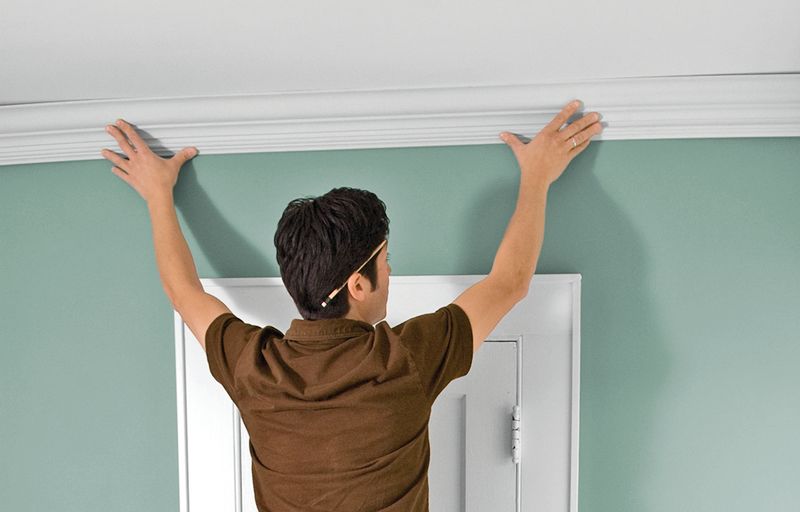
Crown molding creates architectural interest that instantly elevates ordinary rooms. Modern foam options have revolutionized this upgrade they’re lightweight, pre-primed, and cost a fraction of traditional wood moldings while delivering identical visual impact.
Installation requires basic tools and moderate DIY skills. The transformation happens at the ceiling-wall junction where shadows and light play across the detailed profile. Painting molding the same color as your ceiling (rather than walls) visually raises room height for added grandeur.
Start with main living areas where you entertain guests. Even modest profiles create that custom-built impression that distinguishes builder-basic homes from custom designs, delivering remarkable return on a weekend project.
4. Swap Out Basic Hardware

Cabinet knobs and drawer pulls function as jewelry for your home. Replacing builder-grade hardware with thoughtfully selected alternatives delivers outsized impact relative to cost often under $3-5 per piece. Matte black creates contemporary drama, while unlacquered brass develops rich patina over time.
Consistency matters more than price using the same style throughout a kitchen or bathroom creates cohesion that reads as intentional design rather than piecemeal updates.
Don’t overlook doorknobs and hinges when updating. While slightly pricier than cabinet hardware, these touchpoints significantly influence perception. For maximum value, choose timeless styles rather than trendy options to avoid dating your space prematurely.
5. Add Floor-Length Curtains
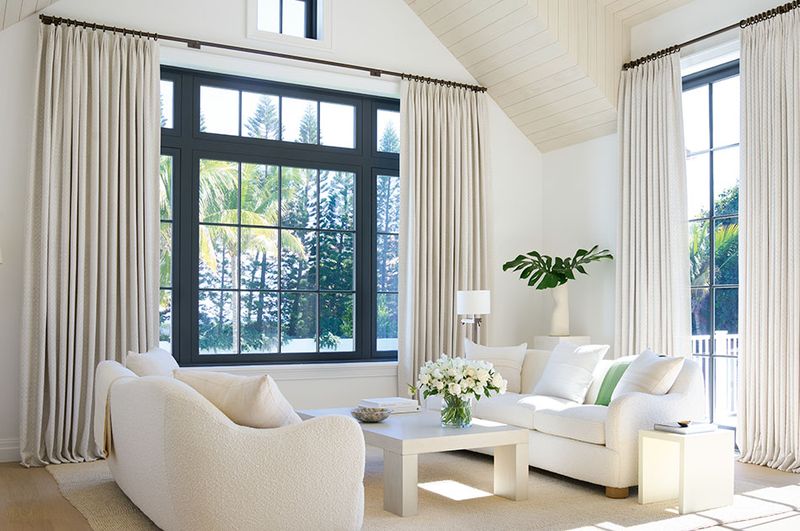
Nothing whispers “budget decor” quite like short curtains. Floor-length drapery panels instantly elevate rooms by drawing the eye upward and creating vertical lines that enhance ceiling height perception.
The secret lies in proper installation mount curtain rods 4-6 inches above window frames and extend them 8-12 inches beyond window width on each side. This simple trick makes windows appear significantly larger. When buying panels, ensure they brush the floor without pooling for a tailored look.
Inexpensive ready-made panels from big box stores transform dramatically with iron-on hem tape to achieve perfect length. Choose subtle patterns or textured solids in neutral tones for timeless sophistication that coordinates with changing decor.
6. Display Fresh Flowers
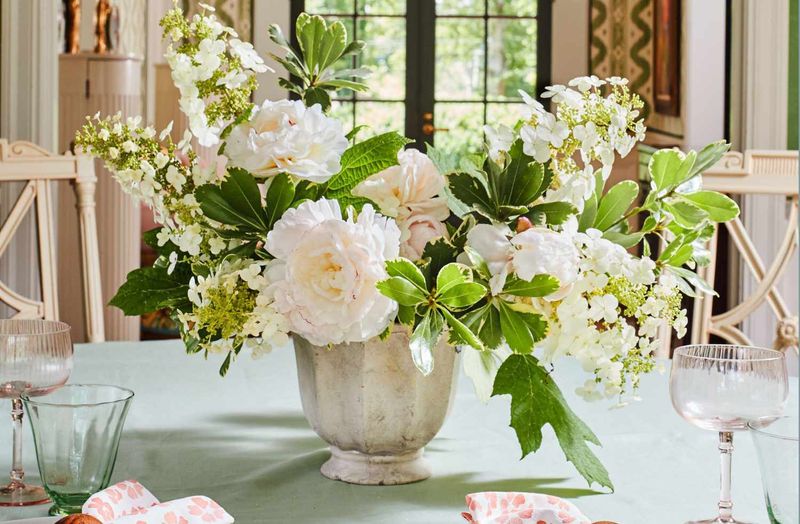
Fresh blooms instantly breathe life and luxury into any space. Contrary to popular belief, maintaining this elegant touch doesn’t require expensive weekly deliveries from florists. Grocery store bouquets transform dramatically when separated into smaller arrangements distributed throughout your home.
A single bunch divided between your entry table, coffee table, and bathroom counter creates multiple moments of beauty for under $10. Focus on monochromatic arrangements for sophisticated impact all white blooms or various flowers in the same color family read as intentionally designed rather than haphazardly gathered.
Between fresh flower purchases, preserved eucalyptus and dried botanicals provide long-lasting natural elements. Their subtle fragrance and organic texture signal attentive homemaking that elevates everyday living.
7. Layer Rugs for Depth
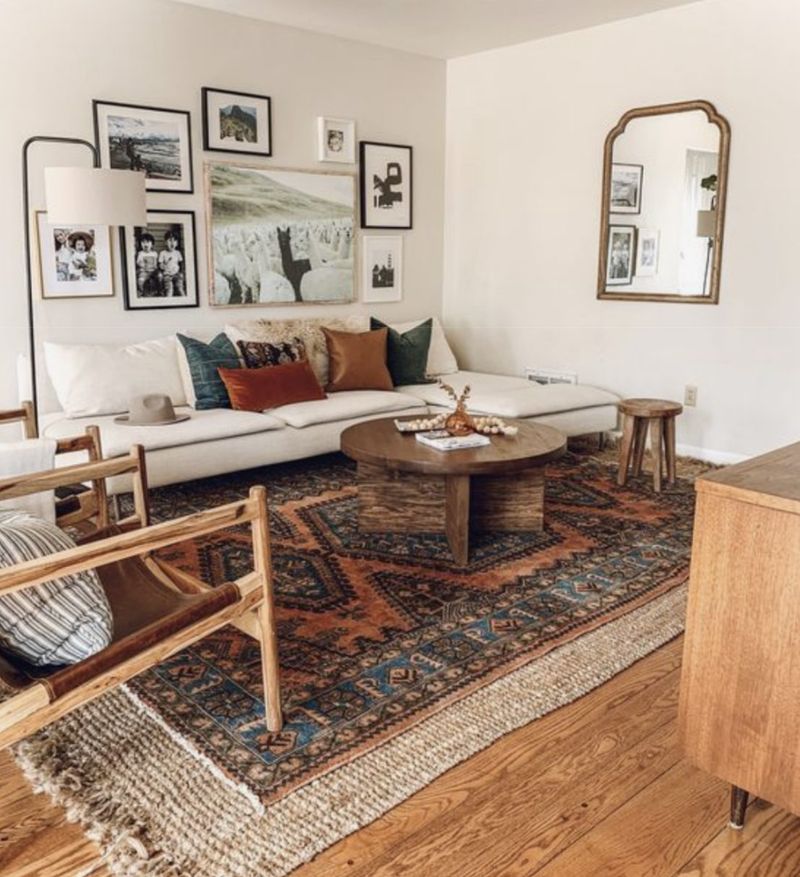
Designers frequently employ rug layering to create visual complexity that reads as luxurious. Starting with an affordable large natural fiber rug (jute or sisal) as your base layer provides texture and dimension at reasonable cost.
Adding a smaller, more colorful or patterned rug on top creates a focal point while defining conversation areas within larger rooms. This technique allows incorporation of higher-end smaller rugs where they’ll make maximum impact without breaking your budget on room-sized statement pieces.
The contrast between textures perhaps rough jute beneath plush wool or vintage patterns atop neutral backgrounds creates sophisticated depth. Position furniture partially on both layers to integrate them visually and prevent slipping between surfaces.
8. Choose a Cohesive Color Palette
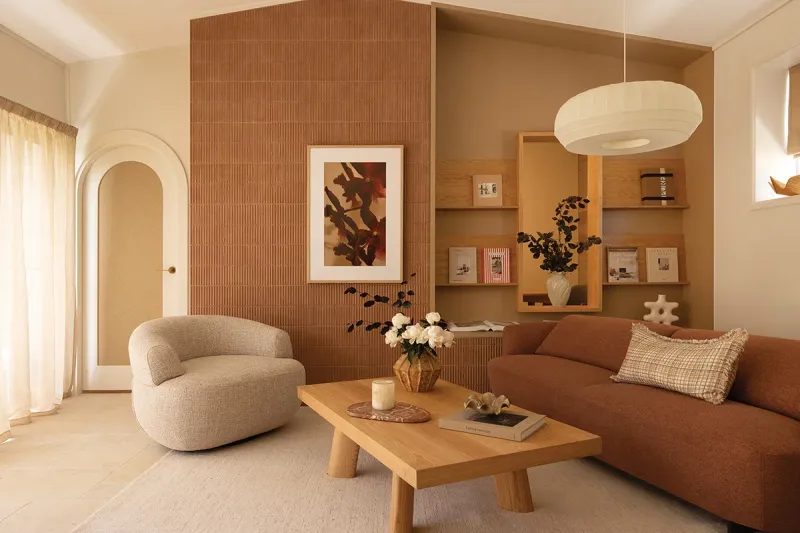
Luxury spaces share one defining characteristic: intentional color harmony. Limiting your palette to three main colors plus accents creates visual cohesion that reads as sophisticated rather than chaotic. This costs nothing but planning.
Start with neutrals for walls and large furniture pieces, then introduce one or two accent colors through accessories. The key is repetition when your blue throw pillows connect visually with similar blue in your artwork and again in a vase, the space feels deliberately designed rather than randomly assembled.
Avoid trends in favor of timeless combinations like navy/cream/brass or gray/blush/silver. This approach allows budget-friendly accessories to create maximum impact while enabling easy seasonal refreshes without major investments.
9. Style Coffee Tables Thoughtfully
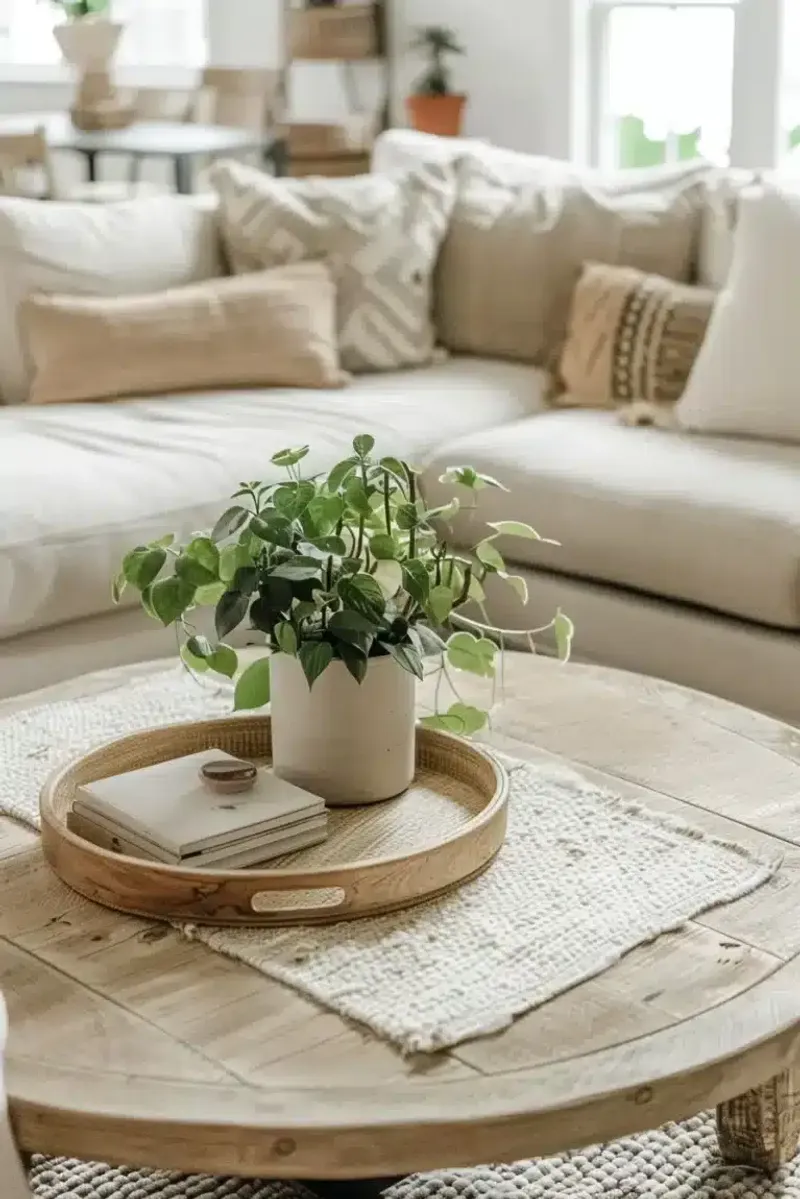
Coffee tables function as visual centerpieces in living rooms, making their styling disproportionately important to overall impressions. Creating an expensive-looking vignette requires thoughtful arrangement rather than costly objects.
The designer formula includes varying heights and textures: perhaps stacked design books (thrift stores offer these cheaply), a small plant or flower arrangement, and one conversation piece like a unique box or sculptural object.
Trays unify disparate items into intentional groupings while making daily decluttering effortless. Avoid overcrowding negative space around objects creates breathing room that signals luxury. The most sophisticated arrangements often contain fewer, more carefully chosen items rather than numerous small accessories that create visual clutter.
10. Paint Interior Doors
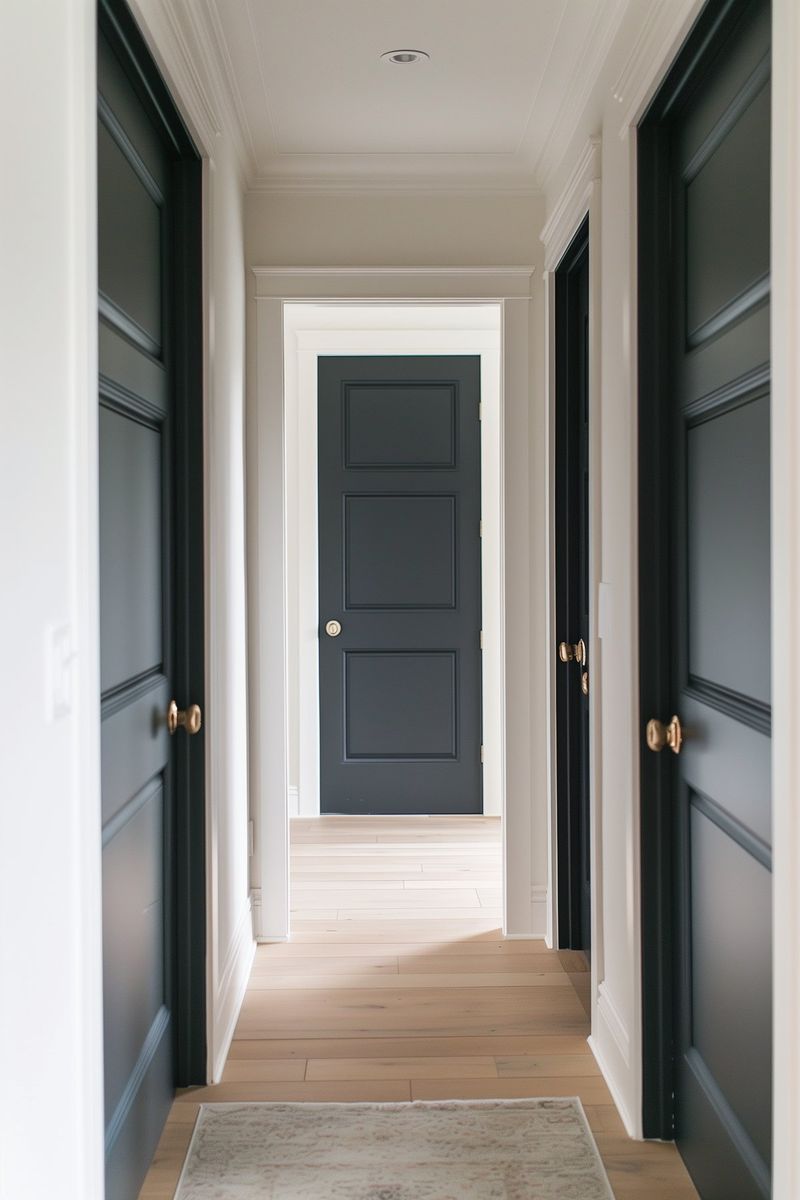
White interior doors represent missed opportunities for architectural interest. Painting these overlooked surfaces in sophisticated hues transforms them from functional necessities into design features that anchor rooms.
Deep navy, charcoal, or even black doors create dramatic contrast against light walls while visually defining transitions between spaces. For cohesive flow, paint all doors the same color throughout your home. Semi-gloss finishes stand up to fingerprints while reflecting light beautifully.
Don’t forget door casings and trim painting these the same color as the door (rather than wall color) creates substantive architectural detail that mimics high-end millwork. This weekend project requires minimal materials yet transforms spaces in ways guests immediately notice.
11. Use Trays to Organize Surfaces

Decorative trays instantly elevate ordinary collections into curated displays. Bathroom counters transform when everyday items gather in a mirrored tray rather than cluttering surfaces. Nightstands gain hotel-like sophistication when books, water glasses and small accessories sit within defined boundaries.
Materials signal different aesthetic directions hammered metal for global inspiration, lacquered surfaces for modern minimalism, or wood for organic warmth. The containment they provide reads as intentional styling rather than necessary storage, especially when items within share color or material connections.
Beyond organization, trays protect surfaces from water rings and product spills while enabling easy cleaning. When guests arrive, entire collections move efficiently for temporary space clearing without disrupting your carefully styled arrangements.
12. Add Accent Lighting
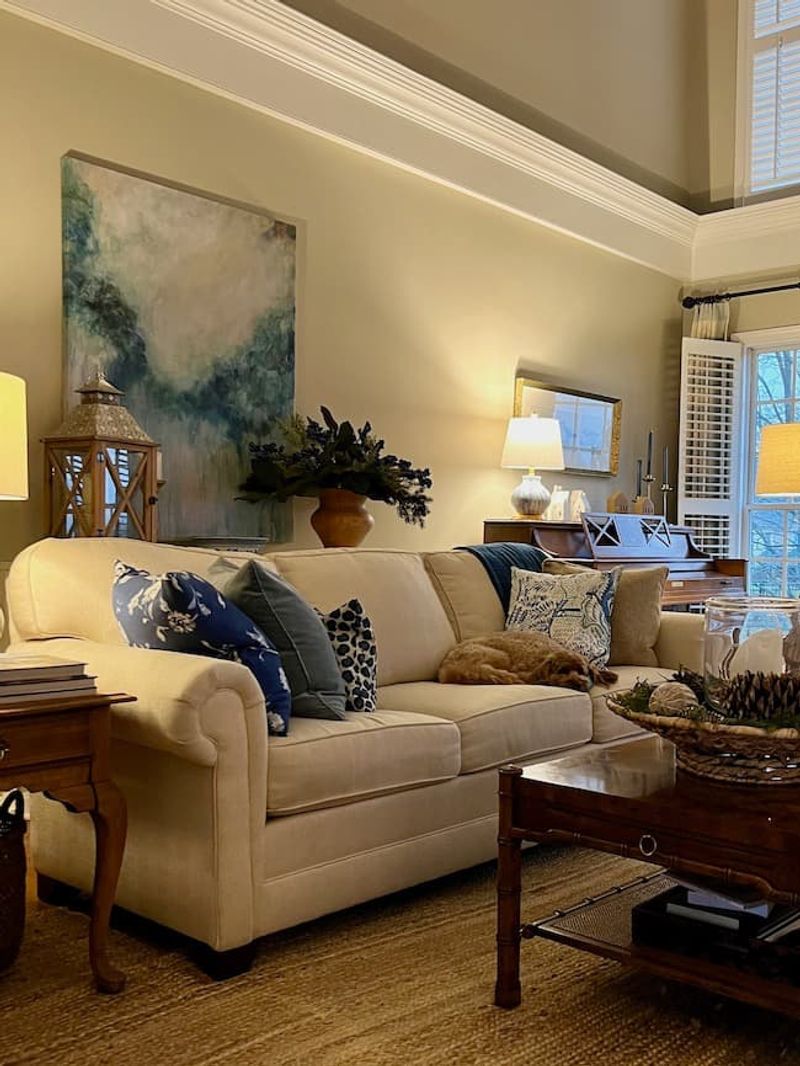
Multiple light sources create ambiance that builder-grade overhead fixtures simply cannot match. Table lamps, floor lamps, and wall sconces introduce light at different heights, eliminating harsh shadows while creating inviting atmospheres that photograph beautifully.
Thrift stores and budget retailers offer lamp bases that transform with new shades opt for white or natural linen for timeless sophistication. Strategic placement matters more than fixture cost position lights to illuminate dark corners and create pools of brightness around seating areas.
Smart bulbs enable customizable brightness levels without expensive dimmer installation. Warm temperature bulbs (2700-3000K) flatter skin tones and create cozy environments that feel intentionally designed rather than clinically lit, regardless of fixture price points.
13. Install Peel-and-Stick Wallpaper
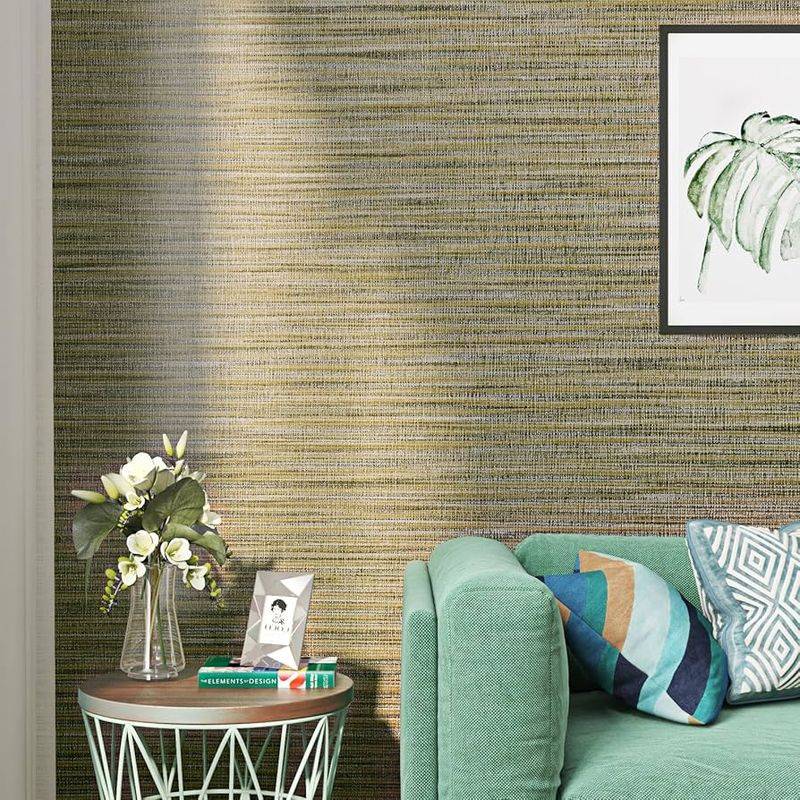
Temporary wallpaper delivers maximum visual impact with minimal commitment or expense. Creating accent walls behind beds or in powder rooms transforms these spaces into focal points while requiring less material than full-room applications.
Modern peel-and-stick options install without professional help and remove without damage perfect for renters or design enthusiasts who appreciate flexibility. Subtle patterns like faux grasscloth, delicate stripes, or tone-on-tone geometrics create textural interest without overwhelming spaces.
For smallest budgets, focus on areas visible from main living spaces, like the wall behind open shelving or the interior back wall of a bookcase. These glimpses of pattern create depth and interest while requiring just a few square feet of material, maximizing impact per dollar spent.
14. Mix Textures in Soft Furnishings
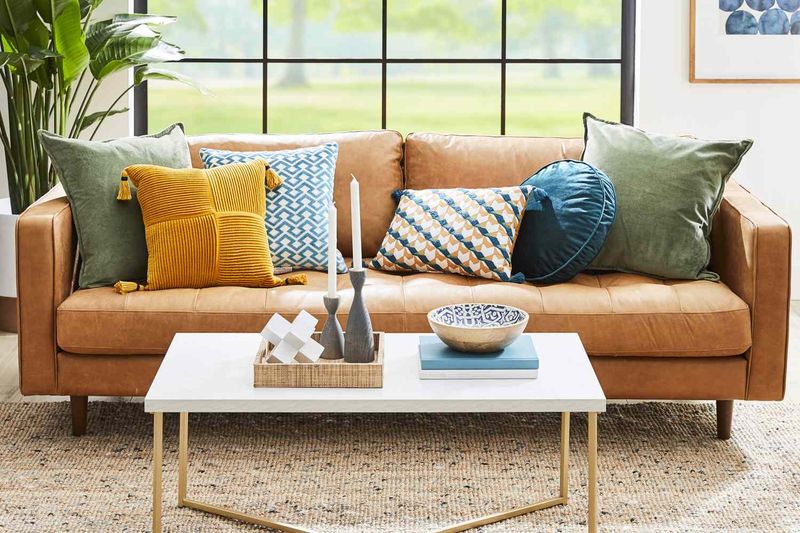
Tactile variety creates visual richness that flat spaces lack. Combining different textures – perhaps velvet pillows against linen upholstery with a knit throw nearby creates depth that draws people in and encourages touch. This principle applies regardless of color scheme.
Even monochromatic rooms avoid feeling flat when materials contrast matte against shiny, rough against smooth, or structured against flowing. Affordable textile additions like pillowcases, throws, and slipcovers rotate seasonally for fresh looks without furniture investment.
When shopping, prioritize natural materials like cotton, wool, and linen, which age gracefully compared to synthetics. Even budget-friendly versions of these fabrics bring inherent quality through their natural variations and how they interact with light throughout the day.
15. Hide Cords and Cables
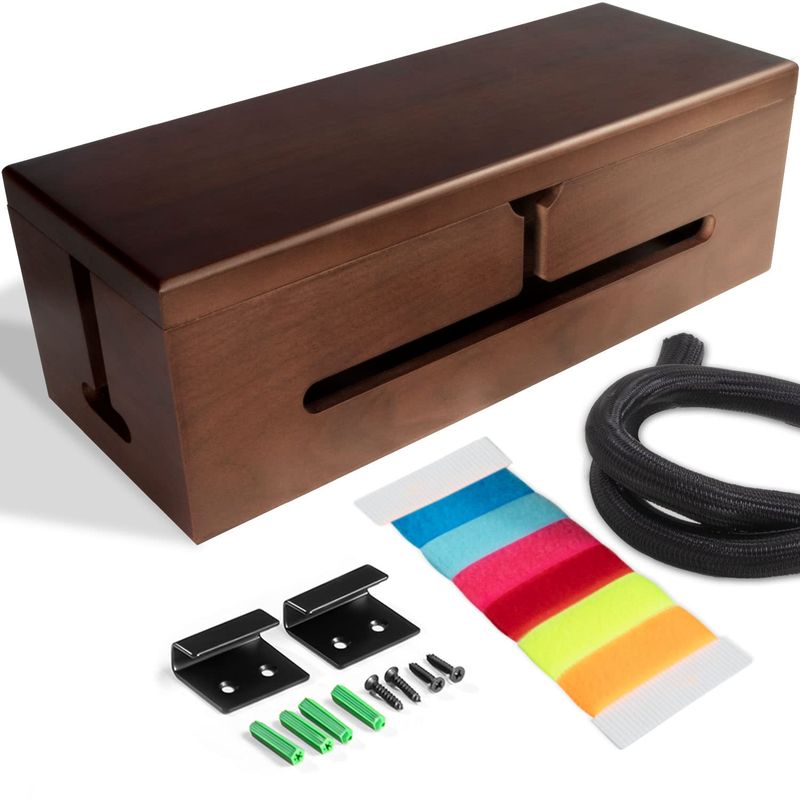
Visible electronic cords instantly undermine otherwise sophisticated spaces. Thoughtful cable management costs little but dramatically improves visual cleanliness a hallmark of professionally designed interiors.
Simple solutions include cord covers painted to match walls, fabric cord sleeves for floor lamps, and strategic furniture placement to conceal power strips. For televisions, consider running cords through walls or using cord channels that paint to disappear against surfaces.
Wireless charging stations eliminate bedside tangles, while decorative boxes with discreet holes hide router equipment. Velcro cable ties organize remaining necessary cords behind desks and entertainment centers. This attention to detail signals intentional design choices rather than haphazard technology integration, elevating spaces without purchasing new furnishings.

